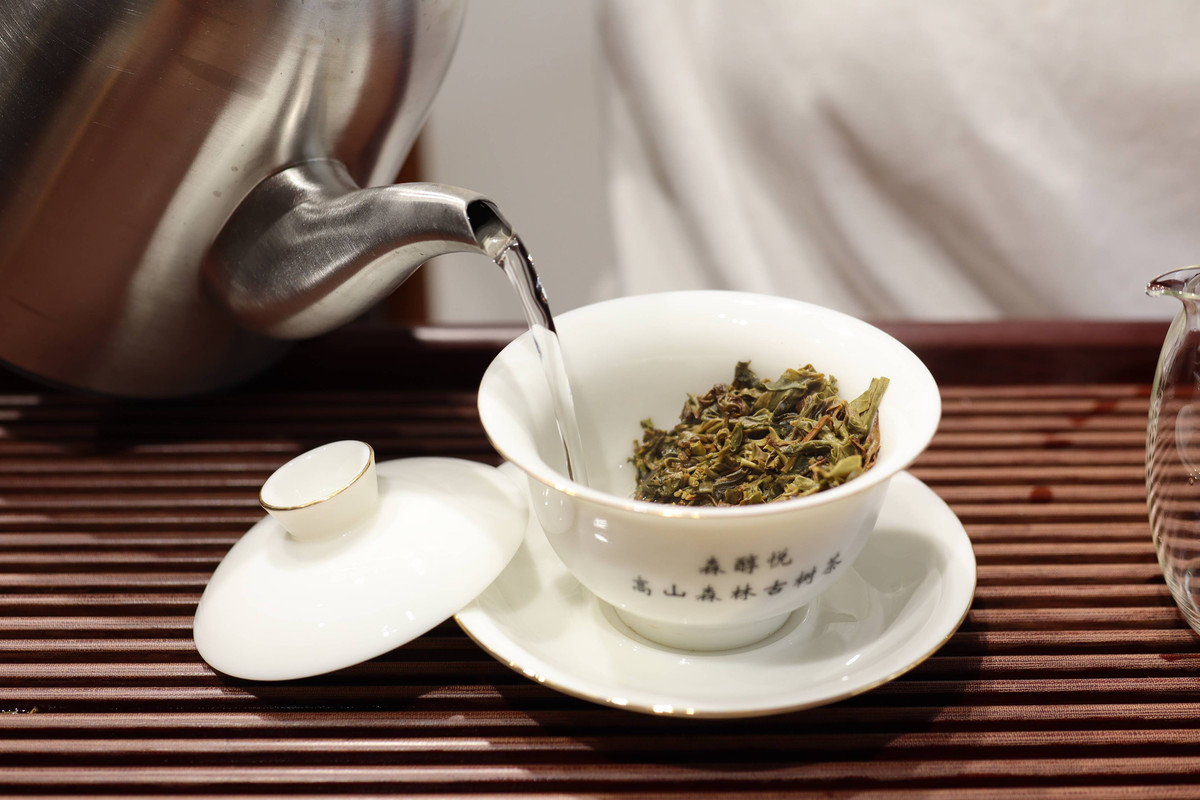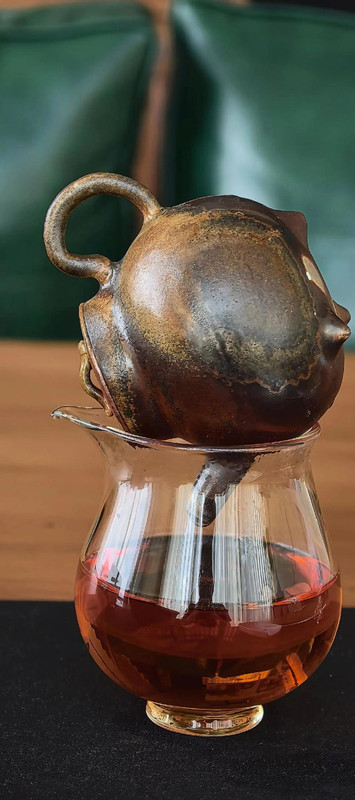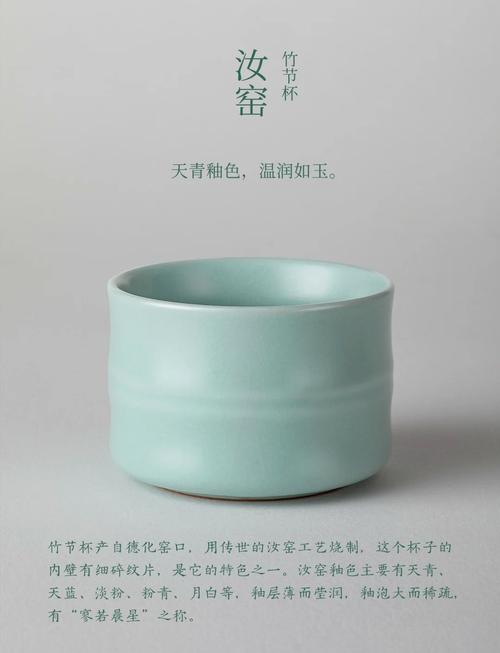The Yuan Dynasty (1271–1368 CE), established by the Mongol Empire, marked a transformative period in Chinese history. As the first non-Han dynasty to rule all of China, it fostered unprecedented cultural exchange between nomadic Mongol traditions and Han Chinese craftsmanship. This fusion is vividly reflected in Yuan Dynasty tea utensils, which balance practicality with exotic aesthetics, reflecting the era’s cosmopolitan spirit.

1. The Mongol Influence: From Milk Jugs to Tea Bowls
Mongol nomadic traditions reshaped tea culture. Whereas Song Dynasty tea ceremonies emphasized frothy diancha and minimalist utensils, Yuan tea practices incorporated Mongol preferences for robust flavors and communal drinking. Key innovations included:
- Silver-Inlaid Tea Caddies: Mongol nobility favored silver containers adorned with Turko-Mongol motifs like the tamga (family crest) or shangri-la (eternal flame), blending steppe symbolism with Chinese porcelain techniques.
- Wood-Carved Tea Trays: Inspired by Mongol yurt furniture, these trays featured geometric patterns and were often lacquered in bold reds or blacks, contrasting with Song Dynasty’s understated designs.
- Bronze Tea Kettles: Modeled after Mongol qumgan (milk vessels), these kettles had wide bases for stability on uneven terrain and spouts designed for pouring into communal bowls.
2. Ceramic Revolution: Blue-and-White Porcelain and Multicultural Motifs
The Yuan Dynasty witnessed the birth of blue-and-white porcelain, a technique that would dominate global ceramics for centuries. Jingdezhen kilns, benefiting from Mongol-era trade routes, perfected cobalt underglaze painting, importing the pigment from Persia. Tea utensils from this period often featured:
- “Mixed Culture” Designs: Bowls and jars depicted hybrid scenes—Han scholars playing go beside Mongol archers, or peonies intertwined with Islamic arabesque patterns.
- “Cloud-Dragon” Motifs: A Yuan innovation, the “cloud-dragon” design symbolized imperial authority, with dragons coiling around tea bowls as if swimming in the “sea of tea.”
- Large-Capacity Tea Jars: Catering to Mongol caravans, these jars held up to 50 liters of compressed tea bricks, which were prized as currency along the Silk Road.
3. Tea Bricks and the Rise of Communal Utensils
Yuan tea preparation shifted toward compressed tea bricks (chá tuán), a legacy of Tang-Song trade practices. These bricks, stamped with imperial seals, required specialized tools:
- Iron Tea Knives: For prying tea chunks, these knives had hooked blades to scrape tea into kettles.
- Stone Tea Mills: Reintroduced from Tibetan traditions, these mills crushed bricks into coarse powder, suited for boiling rather than whipping.
- Bronze “Boiling” Kettles: Unlike Song’s delicate iron kettles, Yuan kettles were thick-walled and heavy, designed to sustain prolonged boiling over Mongol-style portable stoves.
Communal drinking became widespread, with “shared-bowl” sets gaining popularity. These sets included a large bowl (up to 30 cm in diameter) and multiple cups, reflecting Mongol hospitality rituals where tea was passed around campfires.
4. Religious Syncretism: Buddhism, Daoism, and Islam in Ceramic Art
Yuan tea utensils became canvases for religious syncretism:
- Buddhist Inscriptions: Some tea caddies bore Sanskrit mantras or Tibetan dharani spells, reflecting Yuan emperors’ patronage of Tibetan Buddhism.
- Daoist Alchemy: Jingdezhen potters experimented with qingbai (“blue-white”) glazes, using copper and iron oxides to create “moonlight” effects, embodying Daoist ideals of harmony with nature.
- Islamic Geometry: Cobalt-blue patterns often featured 8-pointed stars or hexagonal motifs, mirroring Persian chini designs and catering to Muslim merchants along the Maritime Silk Road.
5. Legacy: From Yuan Kilns to Global Trade
Yuan tea utensils laid the groundwork for Ming Dynasty innovations and global ceramic dominance:
- Blue-and-White Export Ware: Yuan prototypes inspired 15th-century Ming porcelain, which became Europe’s most coveted luxury good.
- Tea Brick Culture: Yuan-era compressed tea influenced Tibetan po cha (butter tea) and Russian karak traditions, with tea bricks remaining legal tender in Siberia until the 19th century.
- Multicultural Design: The fusion of motifs in Yuan utensils foreshadowed the “Chinoiserie” craze in 17th-century Europe, where cobalt-blue patterns adorned Dutch Delftware and English creamware.
Conclusion: A Civilization Brewed in Cross-Cultural Exchange
Yuan Dynasty tea utensils encapsulate the era’s duality—a bridge between nomadic and agrarian, local and global. By adapting Han craftsmanship to Mongol practicality and Islamic aesthetics, they created a new visual language that resonated from Kyoto to Cairo. Today, these artifacts—whether a cobalt-blue “cloud-dragon” bowl or a silver-inlaid tea caddy—stand as testaments to a dynasty that redefined China’s cultural identity through the humble act of brewing tea. As the Yuan poet Yang Zhihao wrote, “In the steam of tea, the steppe and the sown meet”—a metaphor for an empire where diversity was not merely tolerated, but brewed into beauty.



